That organic cotton t-shirt may not be as organic as you think
Sign up now: Get insights on Asia's fast-moving developments

An opaque system for certifying what is "organic" is rife with opportunities for fraud.
PHOTO: AFP
Follow topic:
NEW YORK (NYTIMES) - Michael Kors retails its organic cotton and recycled polyester women's zip-up hoodies for US$25 (S$34) more than its conventional cotton hoodies. Urban Outfitters sells organic sweatpants that are priced US$46 more than an equivalent pair of conventional cotton sweatpants. And Tommy Hilfiger's men's organic cotton slim-fit t-shirt is US$3 more than its conventional counterpart.
"This product contains independently certified organic cotton grown without chemical pesticides, chemical fertilisers and genetically modified seeds," the product description reads.
With the fashion industry trumpeting its sustainability commitments, those labels are both a means of value signalling and a lure to consumers willing to pay more to act better.
There's only one problem: Much of the "organic cotton" that makes it to store shelves may not actually be organic at all.
The largest single producer of the world's organic cotton supply is India, which accounts for half of the organic cotton sold globally, and where the organic cotton movement appears to be booming.
According to Textile Exchange, a leading organic proponent, organic cotton production in India alone grew 48 per cent in the last year, despite the pandemic.
However, much of this growth is fake, say Indians who source, process and grow organic cotton.

At the heart of the problem is an opaque certification system rife with opportunities for fraud. Consumers are assured of "organic" material by brands, which rely on official stamps of approval from external organisations. Those in turn rely on reports from opaque local inspection agencies that base their conclusions on a single planned yearly inspection (in the case of the facilities) or a few random visits (for farms).
In recent months, the credibility of these inspection agencies has been destroyed.
In November, the European Union voted to no longer accept Indian organic exports certified by the main companies responsible for organic cotton: Control Union, EcoCert and OneCert. And in January, the international agency that provides accreditation to organic inspection agencies, IOAS, withdrew OneCert's ability to inspect and certify cotton processors for these labels.
Mr Crispin Argento, founder and managing director of the Sourcery, a small consulting firm that helps brands source organic cotton, has spent the past year hunting down organic cotton with his team only to see suppliers disappear when they start asking for proof of authenticity.
He estimates that between one half and four-fifths of what is being sold as organic cotton from India is not genuine. And almost the entire supply chain is implicated in what he calls a game of "smoke and mirrors".
For at least a decade, in reports and at conferences convened by agitated large brands and the network of non-governmental organisations that serve them, the organic cotton industry in India has been described as in "crisis", but the problems have been kept largely out of the public eye.
NGO workers worry that exposure would lead to the total collapse of the industry and harm the small subset of farmers who are, in fact, growing organically. They also fear the wrath of Prime Minister Narendra Modi's government, which has come down hard on those who dare to criticise the country. Others are profiting handsomely from the certification system.
When confronted with the allegations of fraud, many fashion brands and their sourcing partners that use Indian organic cotton admitted that the system was not perfect but affirmed their commitment to organic cotton and said any problems that existed were located outside their own supply chains.

A spokesman for PVH, the owner of Tommy Hilfiger, wrote in an e-mailed statement that organic cotton was one of a variety of sustainable materials they had committed to sourcing.
"We know that rigorous standards and reliable verification processes are critical for sourcing sustainable materials," the statement said.
Michael Kors and Urban Outfitters did not respond to e-mail messages requesting comment on their organic cotton sourcing.
At least one brand has decided it no longer wants to look the other way. Though organic cotton used to be a centrepiece of its commitments, the womenswear brand Eileen Fisher now has a page on its website describing why it is moving away from certified organic cotton, the better to address what the brand calls "an uncomfortable fact".
"The 'organic' cotton that's sold each year far exceeds the amount that is actually grown," it said.
Pesticides, chemical fertiliser and genetically modified seeds
In Khargone district in India's central state of Madhya Pradesh, one of the country's largest producers of certified organic cotton, farmers have cultivated the plant known locally as white gold for generations.
"Cotton is the life giver for us," said Mr Niyaj Ali, 60, sitting on a charpai, a traditional South Asian woven bed, next to his son, his wife, a daughter-in-law and several grandchildren in a spacious front room of cool concrete floors under a thatched roof. "It takes care of everything - the labour in the fields, the school fees for the children, the food on the table."
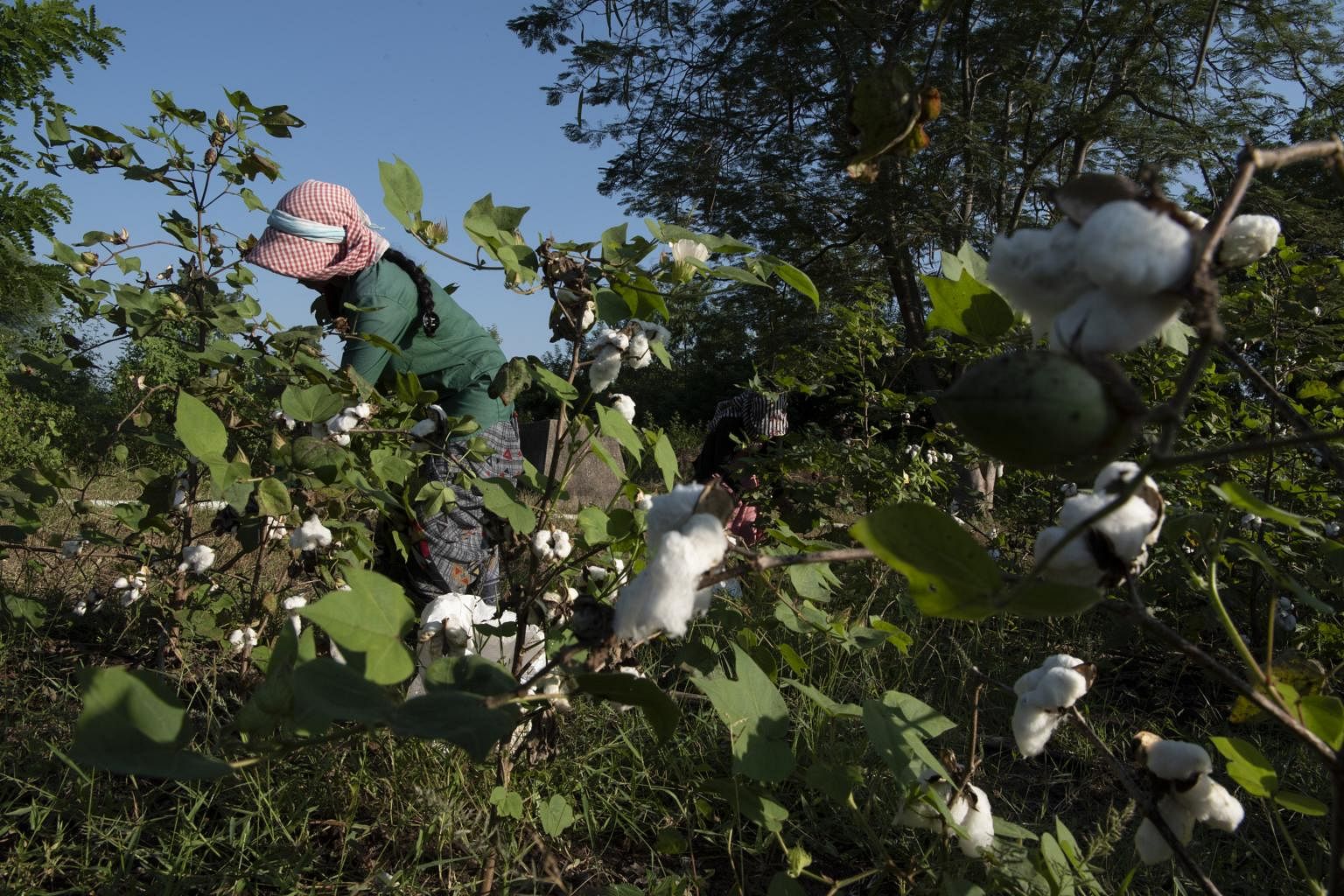
In the late 1990s, when cotton grown without chemical pesticides or synthetic fertiliser was a rarefied product purchased exclusively by high-priced yoga and wellness brands, two Swiss companies formed the bioRe Foundation to support organic cotton growing in Madhya Pradesh.
Through India's contract production system, which allows cotton suppliers to register up to 500 farmers as a single corporate entity, bioRe started sourcing and selling organic cotton regulated by India's Agricultural and Processed Food Products Export Development Authority.
Four years ago, employees of bioRe came to Chandanpuri, Mr Ali's village, with a pitch: If the cotton farmers would convert their fields to organic, bioRe would provide the training and the seeds, teach them how to make organic fertiliser from animal dung and organic insecticide from native herbs, and pay them a premium over the market price for conventional cotton. BioRe also promised to buy whatever volume they managed to grow.
Mr Ali and nine other farmers agreed. The way he saw it, genetically modified seeds were expensive and drying out the soil. The pesticides and chemical fertilisers were toxic and unhealthy. He would happily return to natural methods, like the ones his grandfather used, especially if organic cotton was more profitable.
Three years ago, Mr Ali started the painstaking process of converting his 11-acre farm from conventional cotton farming to organic.
Last year, he finally harvested his first organic cotton crop. It was so much skimpier than what he was used to with conventional farming that his costs on seeds and labour far exceeded the premiums bioRe paid.
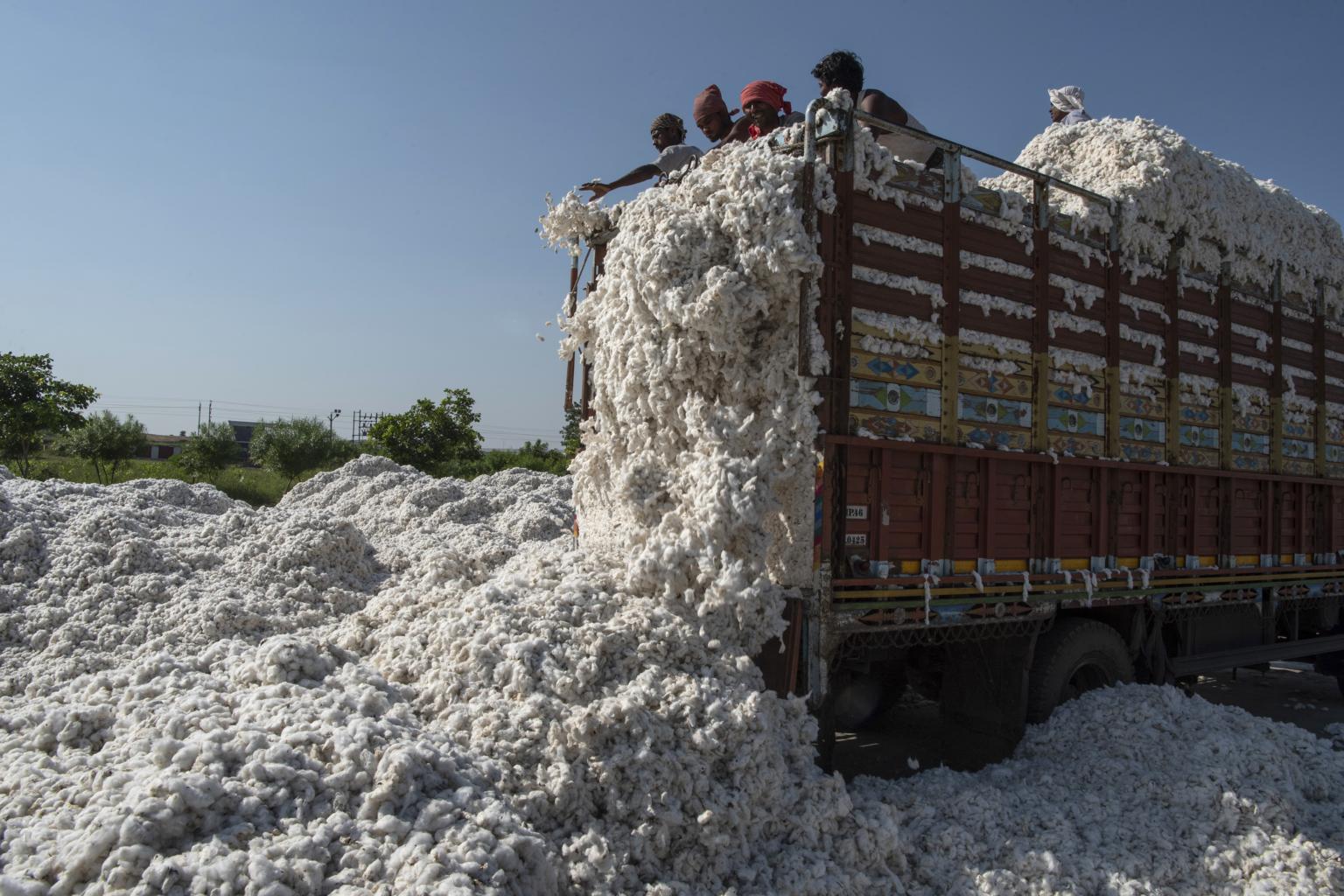
Madhya Pradesh organic cotton farmers on average earn 17,079 rupees (S$304) from a harvest, almost 21 per cent less than conventional cotton farmers, according to a 2017 report by Organic Cotton Accelerator, an organisation founded in 2016 to pinpoint and address the barriers to scaling up cotton.
"I will have to shut this down because I am suffering losses," Mr Ali said. "These brands are making big money, but the money is not being passed onto us."
What the farmers did not know, however, was that growing without pesticides and fossil-fuel fertiliser produces on average 28 per cent lower yields than conventional cotton farming; that organic cotton seeds produce lower quality, shorter fibres; and that increasingly brands were using their market power to negotiate the price of organic cotton down to the same price as conventional cotton or even cheaper because of its lower quality.
Mr Aashish Joshi, who oversees bioRe's organic cotton project in India, acknowledged that the premiums customers were paying for organic cotton rarely reached legitimate organic cotton farmers. "I would say that people are benefiting, but these are those who are indulging in fraudulent cotton," he said.
Trading paper
The two main links in the long supply chain between farmers and shoppers are Western organisations that provide organic cotton labels, and local inspection offices.
The gold-standard organic cotton label comes from a German company, Global Organic Textile Standard, or GOTS. Founded in 2006 to harmonise the various other organic labels circulating at the time, it provides the basis for the other main organic cotton label: Textile Exchange's Organic Cotton Standard. Funded by brands such as Adidas, Patagonia and H&M, both GOTS and Textile Exchange rely on consumers and brands believing in the uplifting story of organic cotton.
In India as well as other cotton-producing countries, GOTS and Textile Exchange certification starts at the gin, where the cotton fibre is separated from the seed. A paper transaction certificate is issued each time the cotton is sold along the supply chain: from the gin to a certified spinner, where the fibres become thread; to a certified mill, where the threads become fabric; and on until it lands in the form of a shirt or sheet set in a store near you.
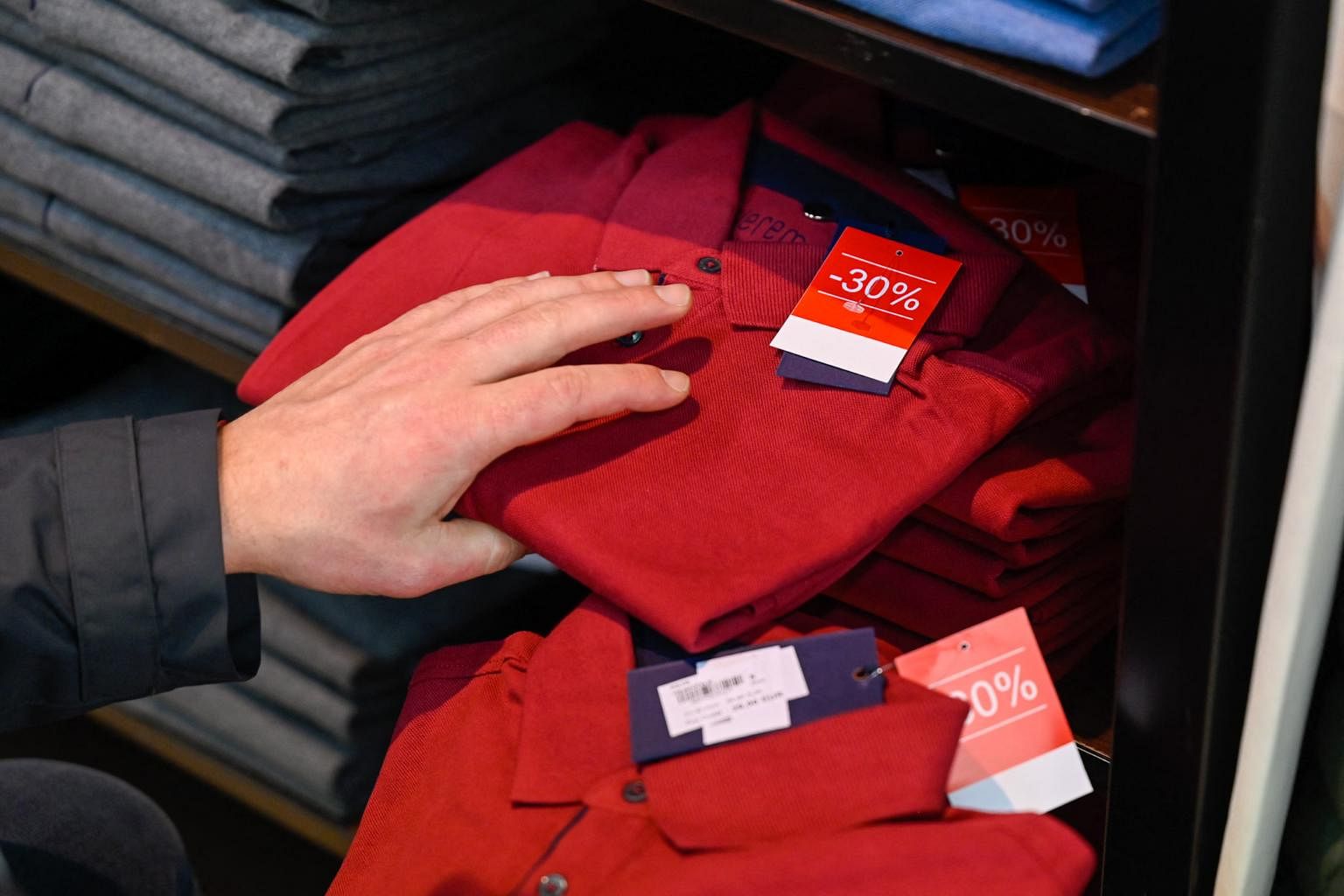
But neither GOTS nor Textile Exchange perform inspections themselves. Instead, they use the local offices of international inspection businesses, including OneCert, EcoCert and the behemoth Control Union, which certifies more than 100 programmes in 70 countries, to verify claims.
These businesses - which are paid by the very ginners, spinners and farmers they are supposed to be policing - visit farms, test seeds for GMO contamination, and once a year inspect and verify the facilities that process, spin, weave, dye and sew the garments. They then produce a paper certificate, which is sent to GOTS and Textile Exchange, who pass on the paper to clothing manufacturers, who pass it on to brands.
Insiders call this system "trading paper", and say that at each step, there is little to stop a facility from selling a pile of conventional cotton as organic, then changing a paper transaction certificate to match the larger volume.
Inspectors visit once a year only to verify that a facility is capable of following protocol for keeping organic cotton separate - they do not inspect all the cotton moving through.
Furthermore, there is no central database to look up the transaction numbers to make sure a certificate has not already been used. In this way, the volume of certified organic cotton doubles, triples or even quadruples as it moves up through the supply chain.
In 2009, India's agricultural export agency discovered wide-scale fraud in the country's cotton belt, with entire villages certifying genetically modified cotton as organic. The government promised it would release digital tracking software the next year. It never did.
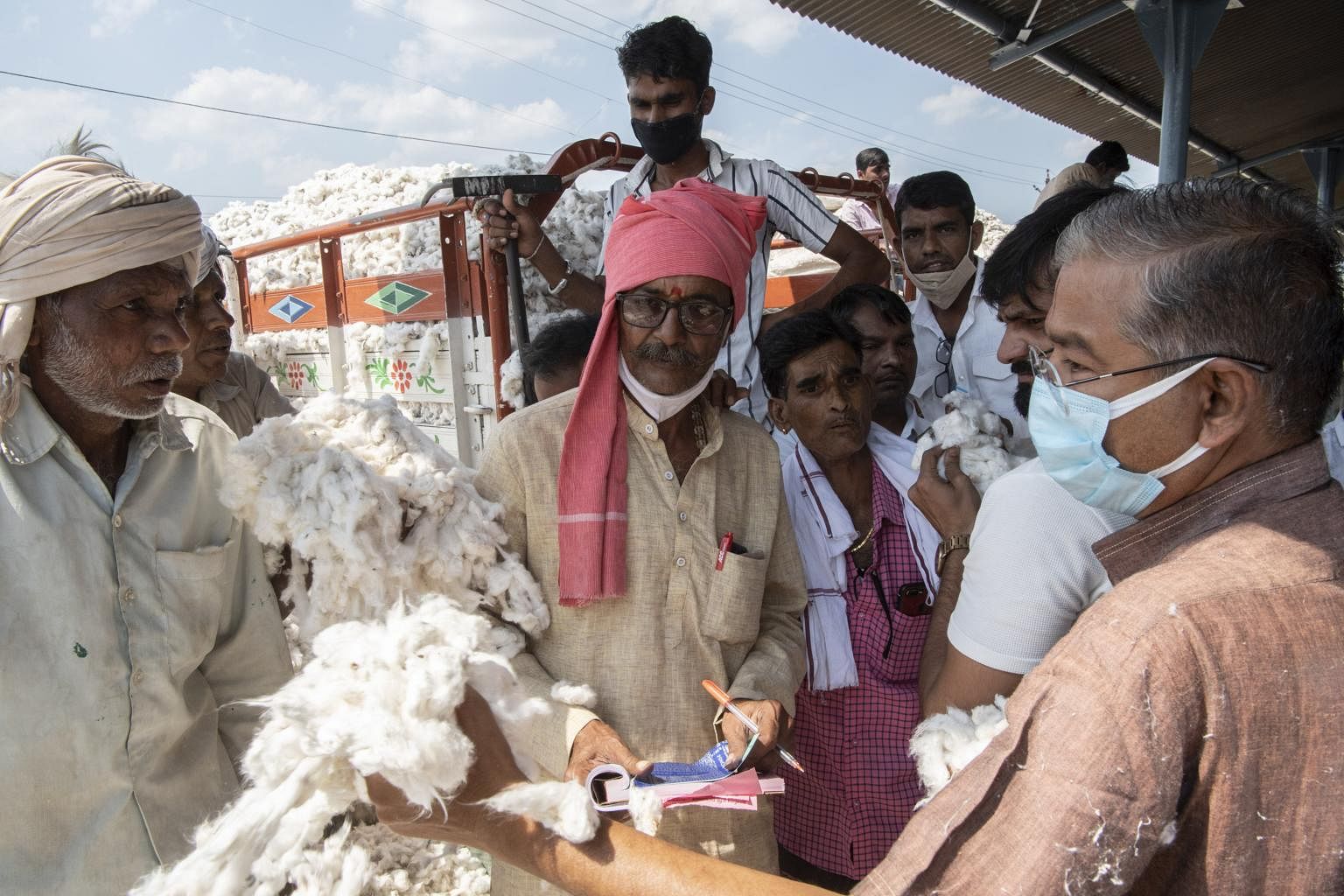
India's government could share how much organic cotton moves through the supply chain, allowing watchdogs to verify that the volume of organic cotton being harvested in the fields matches the volume being exported. It does not, and neither do inspection agencies, such as Control Union.
Large fashion brands do not share how much they buy. The companies contacted by The New York Times - Control Union, EcoCert, OneCert, GOTS, Textile Exchange and a half dozen major brands who tout their sustainable cotton commitments - all declined to provide these numbers.
The brands pointed to their affiliation with Cotton Connect and the Organic Cotton Accelerator, who both offered genetically modified-seed testing programs as proof the cotton they source for clients is organic.
However, none of the organisations the Times spoke to said they test for pesticide residue to ensure the cotton was grown organically.
A global system and a global problem
In October 2020, as concerns grew about the credibility of organic cotton certification, GOTS announced that it had uncovered a fraudulent scheme by certain producers to create fake government-approved transaction certificates and websites. GOTS banned 11 companies from its system, which affected at least 20,000 tons (18,144 tonnes) of organic cotton fibre, one-sixth of India's total output.

Meanwhile, the United States began blocking cotton shipments from China in early 2021 because of alleged forced Uighur labour in the cotton-producing region of Xinjiang. Organic cotton prices skyrocketed to US$3 per kilogram from US$1.70. More players piled into the market. In the last year, as many as 75,000 new organic cotton farmers have been registered with India's agricultural authority.
When asked where Textile Exchange gets data reporting this huge growth, Ms LaRhea Pepper, chief executive of Textile Exchange, did not answer. Instead, she said: "There's people working within the system that are doing a great job. There're also people that are making claims on products that have no verification that are working outside the system. And we have no control over what they say or what they do."
GOTS points to its ban on producers engaged in certificate forgery as proof of its credibility. It maintains that no other types of fraud occur in its system.
But Ms Pepper said her organisation finds fraud such as non-existent farm groups or fake farmers' names listed on scope certificates, and has passed on evidence to GOTS.
A GOTS representative said it acted on substantial documentary evidence of fraud and that its approved certification bodies had not reported any irregularities.
Now international trust in India's ability to oversee organic agriculture has cratered.
The US Department of Agriculture terminated its agreement last year to recognise organic products certified by companies that are overseen by the Indian authority, citing the government body's lack of transparency. All such companies in India must now be accredited by the department's National Organic Programme standards.
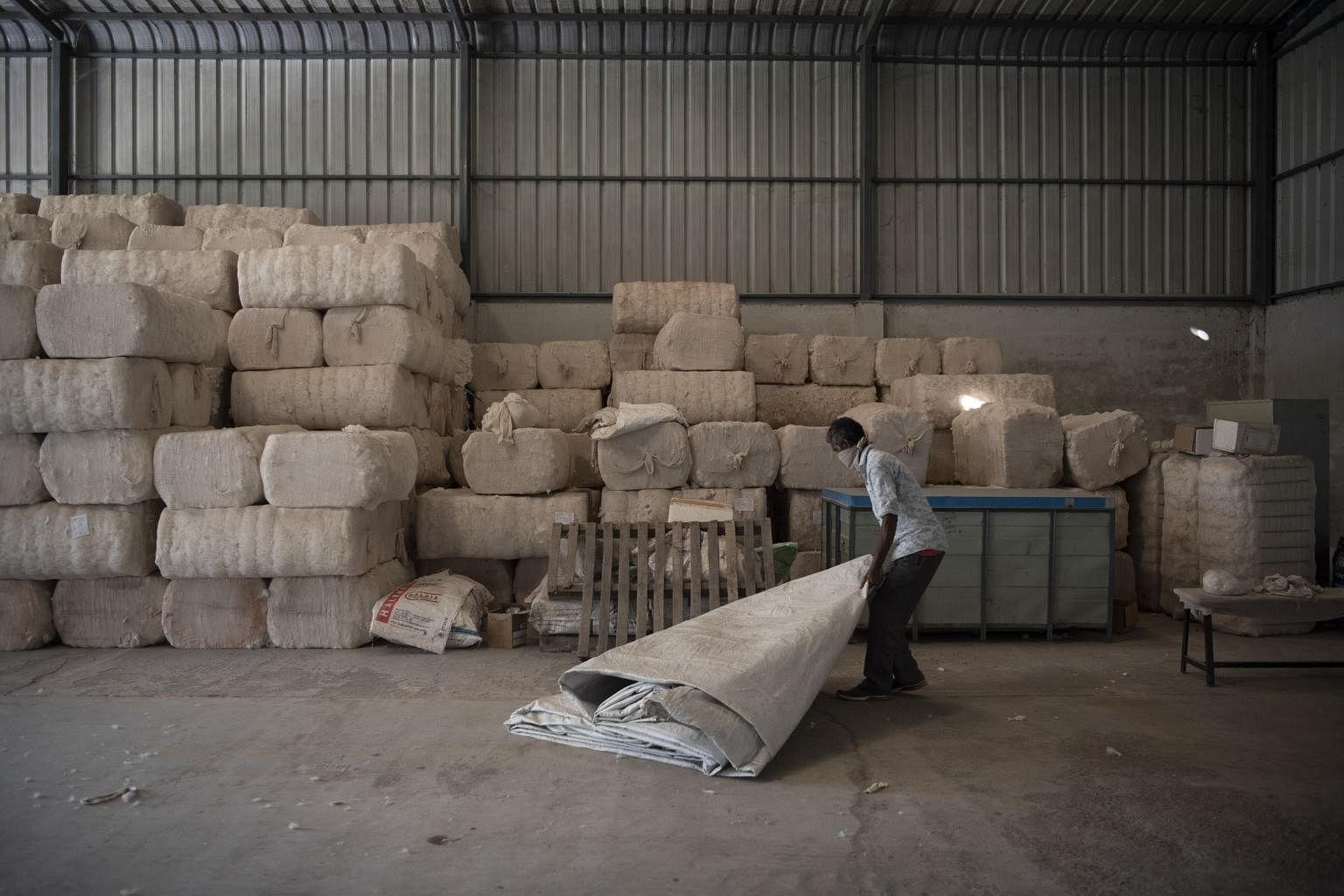
In November, the European Union started rejecting Indian organic exports certified by five companies - including Control Union, EcoCert and OneCert - after shipments of sesame were found to contain a carcinogenic substance.
Chastened by the US and EU actions, the Indian government also fined the companies and barred them from registering new processors or exporters.
This problem is not confined to India, experts say; questions have been raised about organic cotton from China and Turkey, which account for another quarter of the global supply. And the organisation that audits and certifies the certifiers, IOAS, withdrew OneCert's ability to inspect and approve cotton-processing facilities globally in January.
At this point, some industry insiders believe the only way for a brand to ensure its organic cotton is actually organic is to invest in farmers directly through credible organisations before any seed is even sown.

